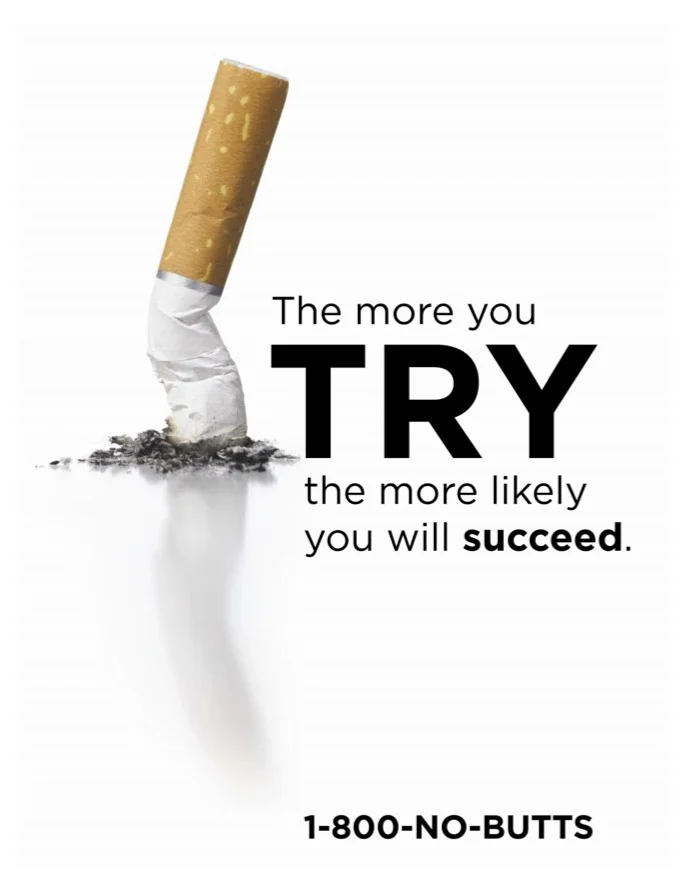Cessation
Many colleges and universities embrace the opportunity to support members of the campus community in tobacco cessation. Numerous California colleges and universities have adopted a tobacco policy stronger than state law, and many more are continuing ongoing efforts to adopt stronger policies.
Tobacco is the leading preventable cause of premature death and disability in the United States. Non-smokers who are regularly exposed to secondhand smoke are also at increased risk for illness. Tobacco use rates are especially high among individuals 18-24 years of age. To address this disparity, colleges and universities have responded by strengthening tobacco-free policy and cessation services on campuses throughout California. Strong tobacco policies foster a campus culture of health and well being for staff, faculty, and students on college and university campuses.
An integral feature of successful tobacco policies is the availability of tobacco cessation services. In short, if you want people to stop using tobacco on campus, offer them help to quit. To learn more about ways that CYAN supports tobacco cessation, please visit cyanonline.













